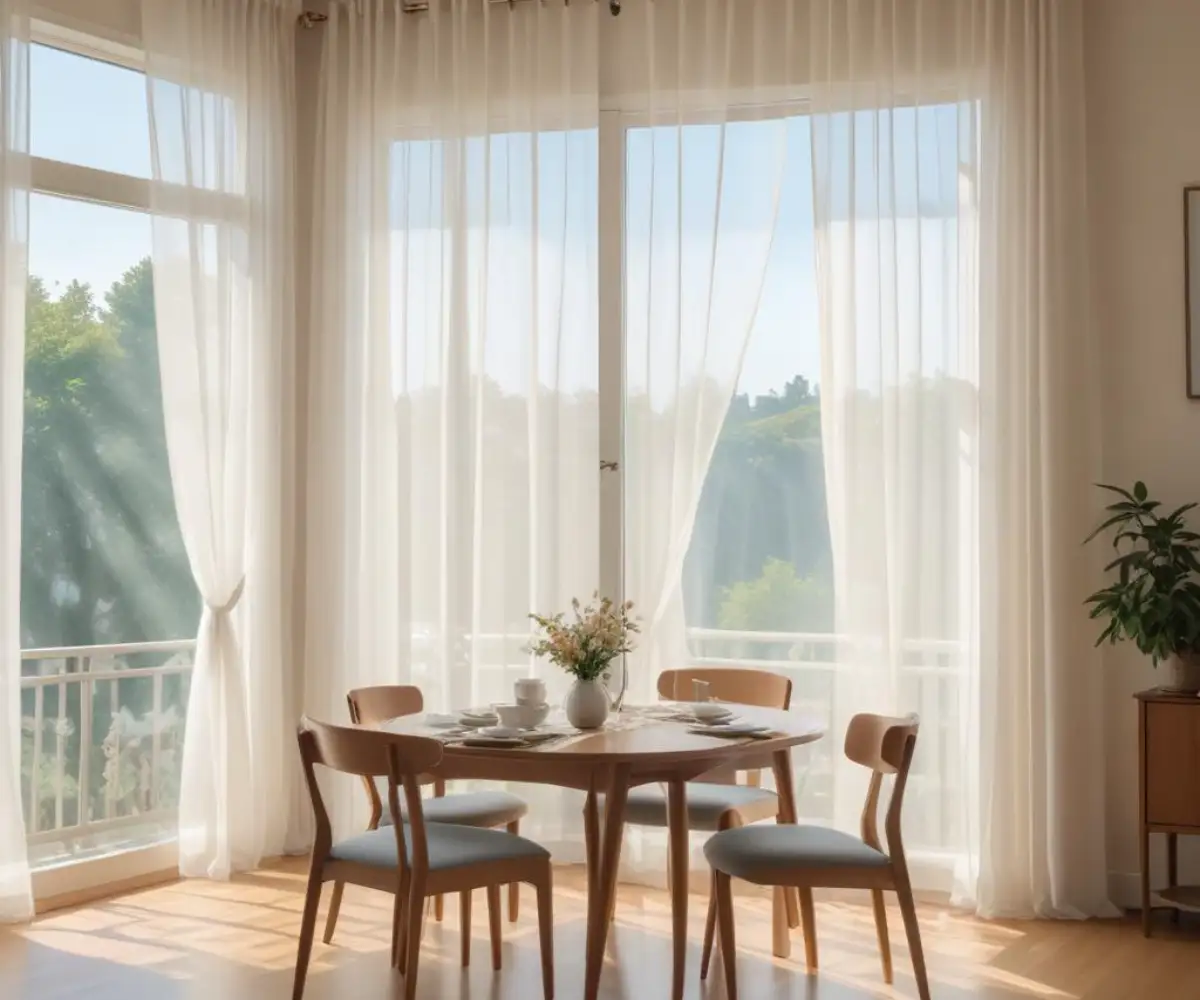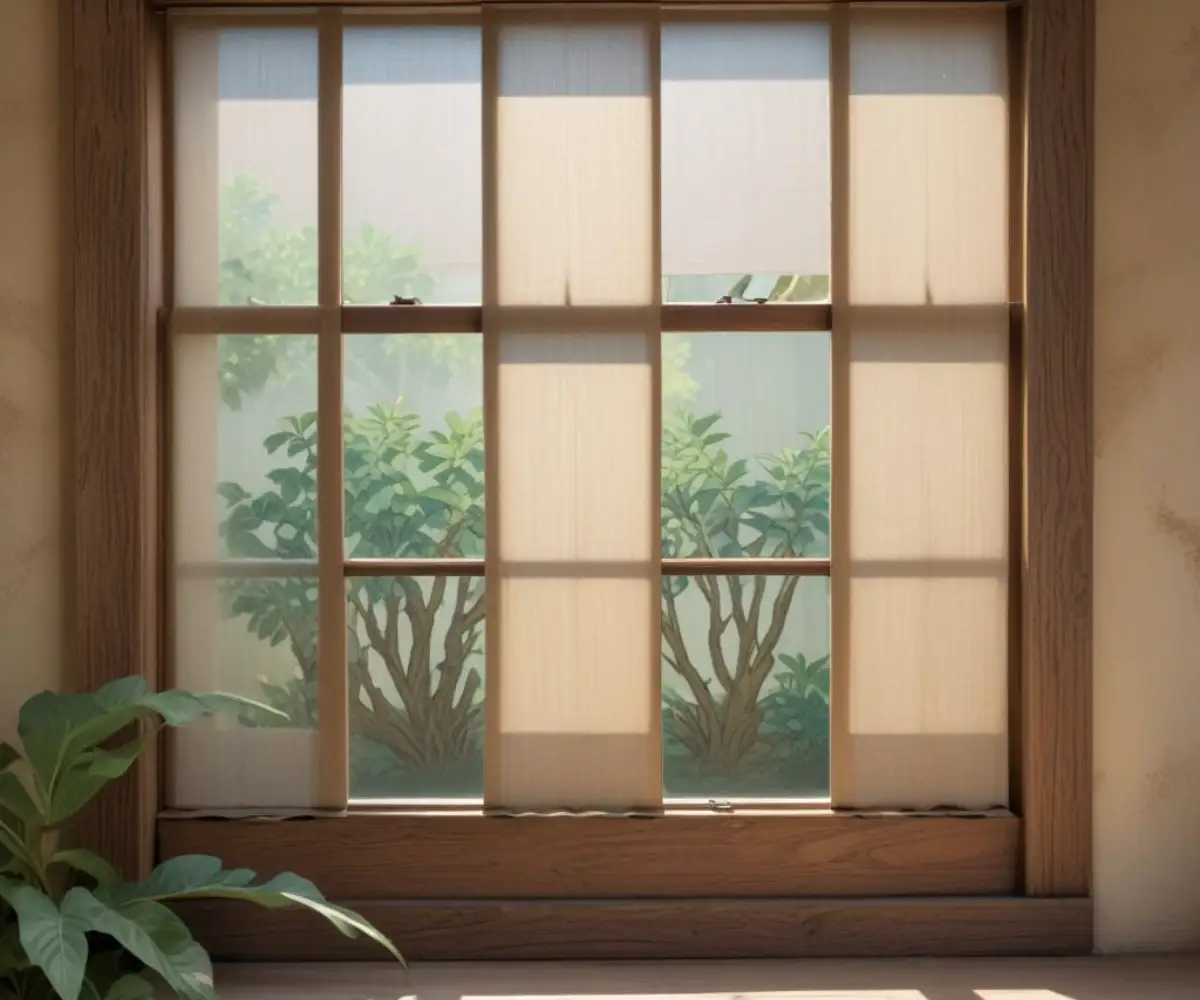Why Are Blinds So Expensive? Uncovering the Hidden Costs
You’ve just painted the walls, arranged the furniture, and your room is almost perfect. All that’s left are the windows. You start shopping for blinds and suddenly face a shocking realization: window treatments can cost a small fortune. If you’ve ever experienced sticker shock while browsing for blinds, you’re not alone.
Many homeowners underestimate the cost of window coverings, assuming they’re a minor accessory. However, several factors combine to make blinds a significant investment. From raw materials to complex mechanics, let’s pull back the curtain on why blinds are so expensive.
You'll Learn About
The Core of the Cost: Materials and Craftsmanship
The single biggest factor driving the price of blinds is the material they’re made from. Just like with furniture, the quality of the materials dictates durability, appearance, and, of course, price. Cheaper options like vinyl or aluminum are budget-friendly but may lack the aesthetic appeal and longevity of more premium choices.
High-quality materials such as real wood, durable faux wood, and elegant fabrics naturally cost more to source and manufacture. Natural wood blinds, for instance, require sourcing quality lumber, milling the slats, and applying finishes, all of which involve skilled labor and resources. These premium materials are designed to withstand daily use and resist fading or warping from sun exposure.

Customization: The Difference Between “Fit” and “Perfect Fit”
One of the most significant price drivers is the choice between off-the-shelf and custom-made blinds. Standard-sized blinds from big-box retailers are mass-produced, making them a more affordable option. However, windows often come in non-standard shapes and sizes, where a one-size-fits-all approach just doesn’t work.
Custom blinds are meticulously crafted to the exact dimensions of your windows. This tailored approach ensures a perfect fit that not only looks more professional but also provides better light control and insulation. The process involves precise measurements, tailored manufacturing, and less material waste, all contributing to a higher price tag.
Advanced Technology and Features Drive Up the Price
Modern blinds are more than just slats on a cord. Today’s window treatments incorporate advanced technology for convenience, safety, and energy efficiency. Each of these features adds to the overall cost.
Motorization is a popular but pricey upgrade that allows you to control your blinds with a remote or even a smartphone app. This feature is especially useful for large or hard-to-reach windows. The motors, sensors, and smart home integration components add a significant expense. Similarly, cordless lift systems, designed for child and pet safety, require more complex internal mechanisms than their corded counterparts, increasing their cost.
Energy Efficiency: An Investment That Pays Off
Some of the most innovative—and expensive—blinds are designed to improve your home’s energy efficiency. Cellular or honeycomb shades are a prime example. Their unique honeycomb structure traps air, creating a layer of insulation that helps keep your home warmer in the winter and cooler in the summer.
While these energy-efficient designs have a higher upfront cost, they can lead to long-term savings on your heating and cooling bills. Features like thermal linings or UV-blocking fabrics also contribute to a higher price but provide tangible benefits in comfort and protection for your furniture.

Labor and Installation: The Final Piece of the Puzzle
The cost of blinds doesn’t end with the product itself. Professional installation is a critical component that ensures your window treatments function correctly and look their best. While it might be tempting to save money with a DIY installation, a poor installation can lead to damage or improper operation.
Professional installers have the expertise to handle any challenges, from uneven window frames to complex motorized systems. The labor cost for installation can vary but is a worthwhile expense for ensuring a perfect result. In some cases, attempting a DIY fix on your window frame might be a separate task; it’s useful to know how to fix holes in an aluminum window frame before you even consider new treatments.
Understanding the full cost of services is always important for homeowners. Much like inquiring about blind installation fees, it’s wise to understand what you’re paying for with other home services. For instance, knowing how much Sears charges for a service call can help you budget for appliance repairs without any surprises.
Breaking Down the Costs: A Comparison of Blind Materials
To help you make an informed decision, it’s useful to see how different materials stack up in terms of cost, durability, and style. The right choice often depends on your budget, the room’s function, and your aesthetic preferences.
| Material | Average Price Range (Per Window) | Pros | Cons |
|---|---|---|---|
| Vinyl | $20 – $50 | Most affordable, easy to clean, moisture-resistant. | Less durable, can look cheap, may yellow over time. |
| Aluminum | $30 – $80 | Affordable, lightweight, wide range of colors. | Can bend or dent easily, less insulating. |
| Faux Wood | $50 – $150 | Durable, moisture-resistant, mimics real wood. | Heavier than real wood, can look artificial up close. |
| Real Wood | $100 – $250+ | Beautiful natural aesthetic, excellent insulator, timeless. | More expensive, susceptible to moisture and warping. |
| Fabric (Cellular/Roman) | $60 – $300+ | Excellent insulation, soft appearance, light-filtering options. | Can be difficult to clean, may be less durable. |
How to Save Money on Blinds Without Sacrificing Quality
While high-quality blinds are an investment, there are smart ways to manage the cost. With a strategic approach, you can get the look and function you want without breaking the bank.
1. Prioritize Rooms and Features
You don’t need to install top-of-the-line, motorized blinds in every room. Invest in high-quality, light-blocking shades for bedrooms and media rooms where light control is essential. For less critical areas like a guest room or kitchen, more budget-friendly options like faux wood or aluminum blinds can be perfectly suitable.
2. Consider a DIY Installation
If you are handy with tools and comfortable with precise measurements, installing blinds yourself can save you a significant amount on labor costs. Many retailers provide detailed instructions and video tutorials. However, for complex jobs involving large windows or motorized systems, it’s often best to hire a professional.
3. Shop Smart and Look for Sales
Don’t rush your purchase. Window treatment companies often have sales and promotions, especially around holidays. Take the time to get quotes from multiple suppliers, including both local showrooms and online retailers, to ensure you’re getting a competitive price.
It’s also worth noting how different materials age. Over time, some plastics can change color with exposure to sunlight and heat. This is a common issue not just for blinds but for other household items, so learning how to clean yellowed plastic bathtub jets can provide useful skills for maintaining various plastic surfaces around your home.
Are Expensive Blinds Worth It?
Ultimately, the high cost of blinds is a reflection of their quality, customization, and features. While budget options can serve a basic function, investing in well-made, properly installed blinds can enhance your home’s comfort, style, and energy efficiency for years to come.
By understanding the factors that drive the price, you can make an informed decision that balances your budget with your long-term needs. Think of window treatments not as a mere accessory, but as a functional and aesthetic upgrade that completes your home.
